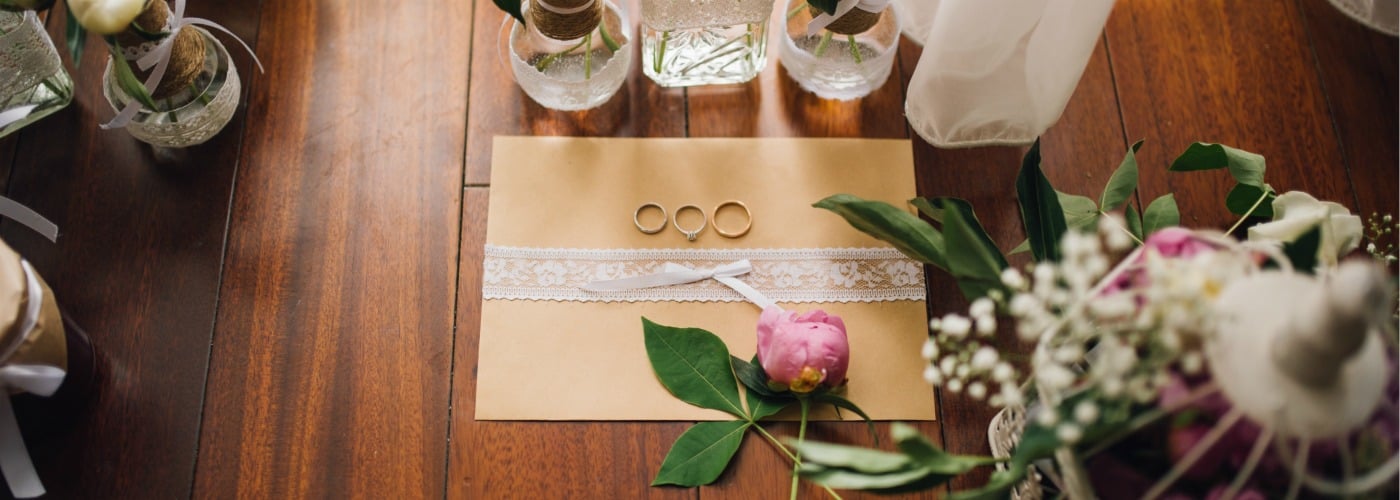An Easy Guide to Stress-Free DIY Wedding Invitations
If, like many people, you want to avoid forking out for a designer, creating your own wedding invitations is a great way to fully achieve your own vision, and save some money. Not only do DIY invitations add an incredibly personal touch that all of your guests will appreciate, but they also give you an excuse your channel your inner Martha Stewart.
Although just small pieces of card, your invitations are highly important because they set the scene for your big day and give guests a small glimpse of what to expect. If the thought of making wedding invitations is daunting to you, please do not settle for sending invitations online or worse, creating a Facebook event page. Instead use this simple guide to create the perfect wedding invitations by yourself.
Related: What’s The Best Engagement Ring Style For Her Hand Type?
1. Get Your Facts First
Before gathering the glitter glue or scissors, it’s essential to know the information you’d like to relay, as the main purpose of these invitations is to inform guests of the goings-on. Write down dates, RSVP information, venue and your guests’ names. We cannot recommend enough to ensure that you’re spelling their names correctly, double check surnames and titles just to avoid any unnecessary upset.
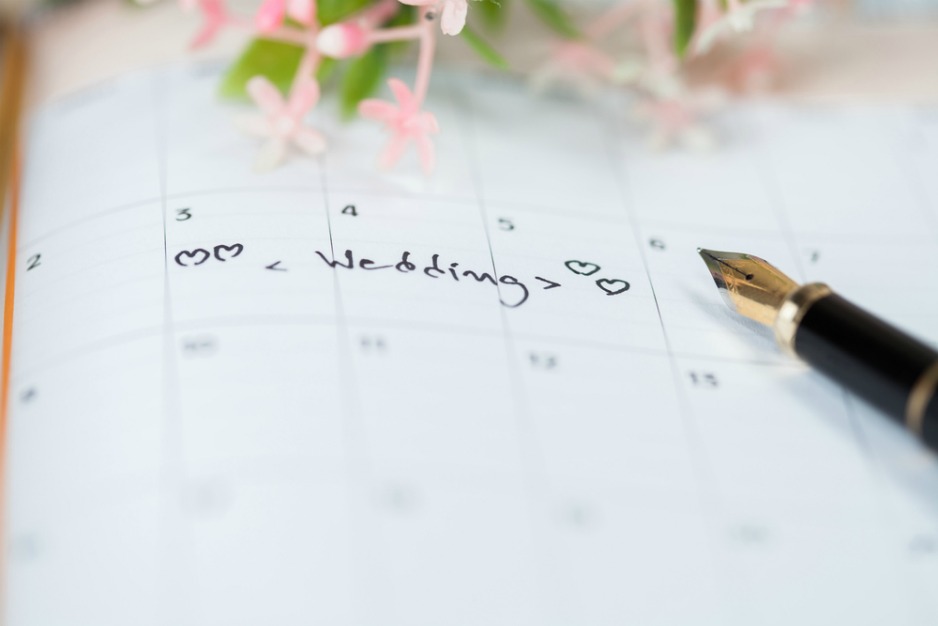
2. Know Your Theme
These invitations represent your wedding day, this is why it’s important beforehand to have your dream day in mind. For example, if you’re having a vintage style wedding in an old castle, aim for a traditional looking invitation to give guests a clue of what to expect. If your day will be more modern, use a sleek font and maybe incorporate more colours or a glossy paper. If you’re wedding consists of a laidback barn or a beach, a rustic-looking invitation can echo this theme perfectly.
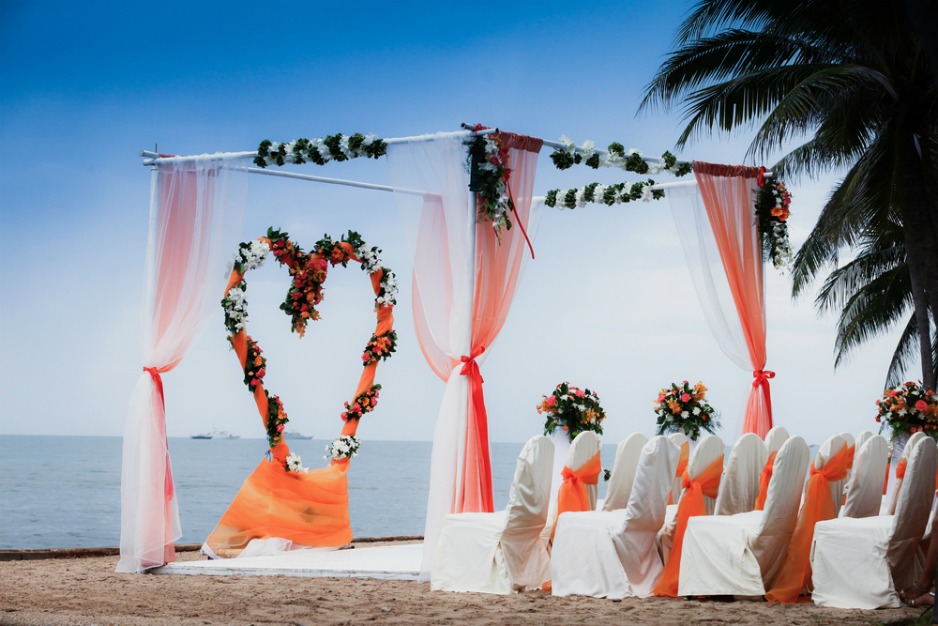
3. Plan, Plan, Plan
Start by thoroughly planning every aspect of your invitations. Have a vague idea of card orientation, colours, fonts, and whether or not you’d like to include pictures on the invite, if so which pictures? When deciding on orientation, while most couples opt for landscape, don’t be hesitate to be different if portrait best suits your theme. The same goes for using photographs, you are literally conveying an image here, so go for whatever you feel best resembles the two of you. While invitations with just text add a minimalist elegance, a cheesy photo of the two of you adds a warmer feel.
While choosing your colours, we recommend choosing invitation colours which match the colour scheme for the wedding day, so no one can accidentally clash with the bridesmaids or floral displays! Finally, choosing fonts is difficult with the array out there, while most wedding invitations tend to opt for a traditional italic font to add sophistication, bold fonts are also useful for making a statement.
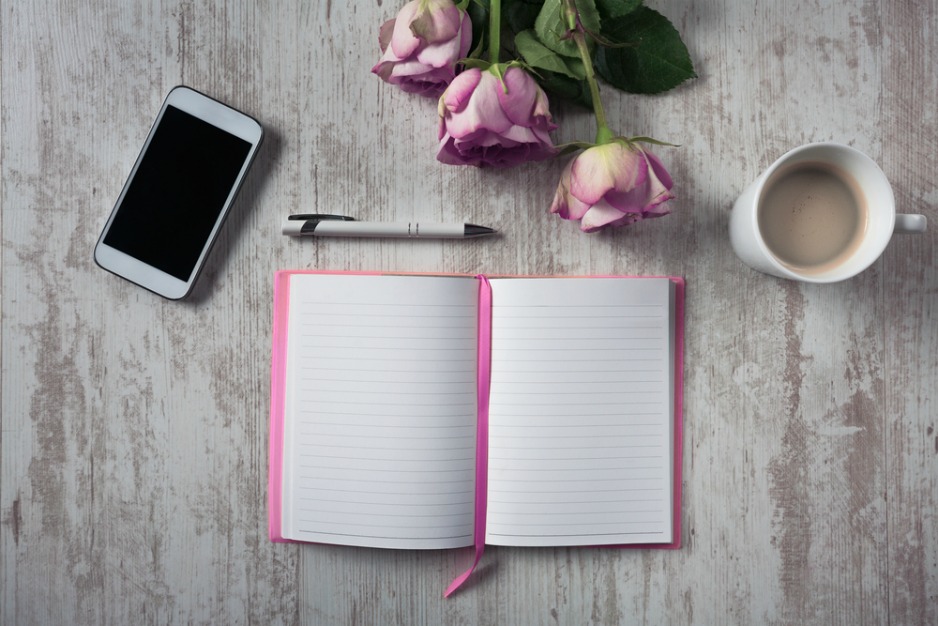
4. Gather Your Essentials
Make sure you have sturdy paper or card, consider texture and whether you would like a glossy or rough surface. Glossy tends to echo a modern and sleek wedding, whereas a rough surface feels more vintage. Next gather a reliable ink or toner, preferably the printer’s original cartridges to give you the best quality possible. Ensure you have enough paper and ink to print a few spares, which is going to be very likely after a few trial and error copies.
Related: Unique Wedding Venues In The City Of London
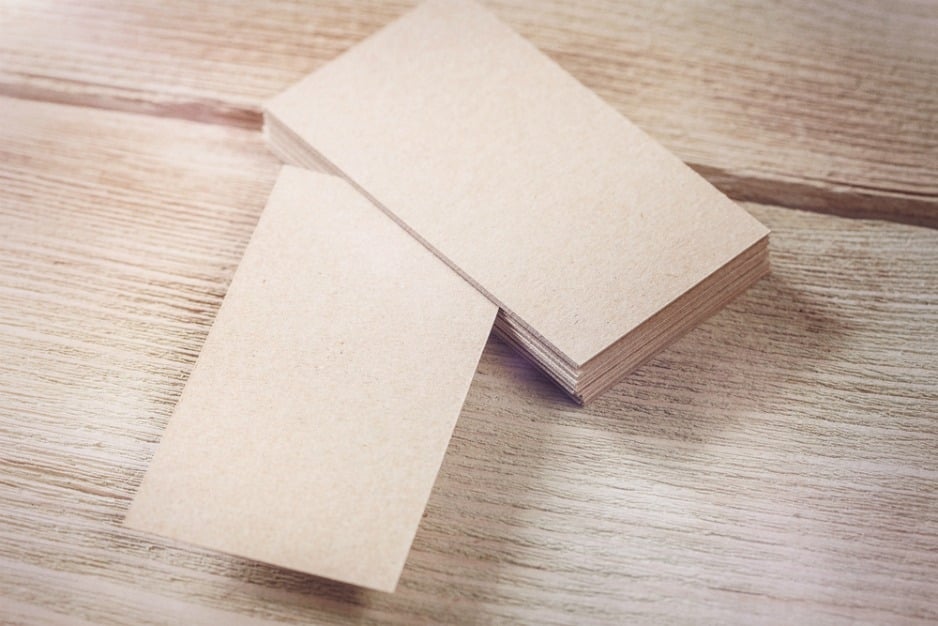
5. Arrange the Design
While most of us probably won’t have access to the Adobe Creative Suite, or the capabilities to use it, Microsoft Word is a good and simple alternative for arranging your invitations. Start by setting the size of your invites through the layout tab, most opt for A6 or A5 to save paper and create a petite and quaint aesthetic.
Secondly add all your visual elements, such as photographs if you are using them, or any borders, and finally add your wording. Make sure all the text is concise, legible and does not miss important details. Include your names, the hosts, the venue, date and time, any RSVP details, and whether you can accommodate children.
To keep to tradition, write everything in third person, put the bride’s name before the groom’s and use the correct titles, such as Dr or Mrs. In terms of order, the date and time tend to appear first, with the venue appearing last. Names, time and venues should all appear on different lines to make the invitation easier to read. When choosing your favourite font, if you can’t find a font unique enough on Word, there are plenty of websites that offer a free and eclectic range of fonts, such as dafont.com.
After this, insert your chosen paper and print only one copy at first to inspect the results, double checking colour, spellings, resolution etc.
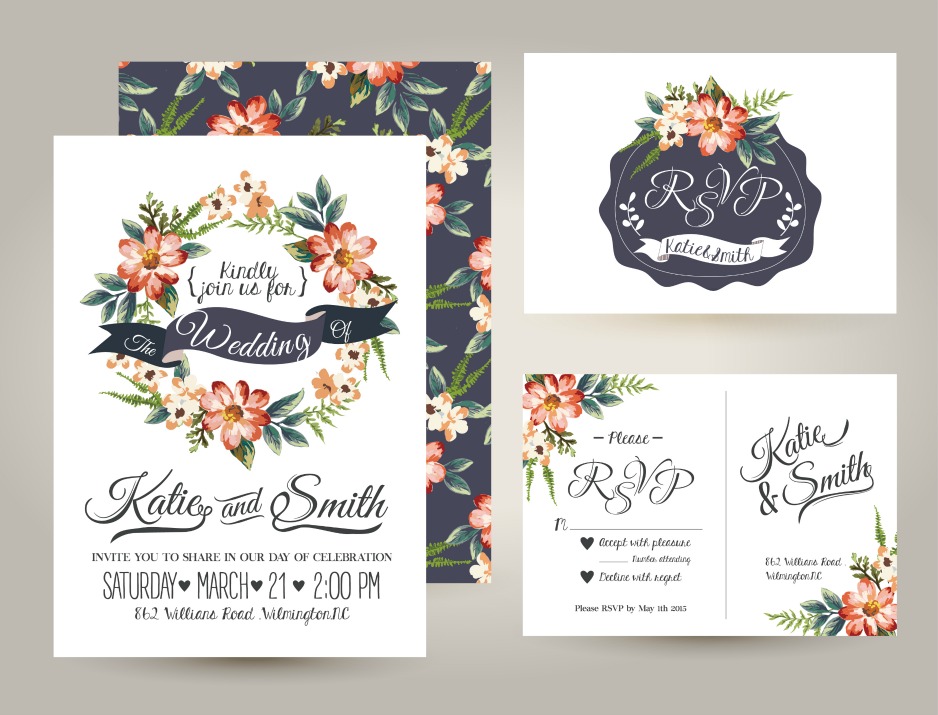
6. Add Any Final Touches
This is the part where you can get the most creative! After printing the basic templates of your invitations feel free to layer charming elements on top of them. For example, glitter, ribbons or bits of lace are always a favourite with invitations, as are using small hole punches to add butterfly or heart shaped holes onto your invites. Ensure you’re using a sturdy enough glue so nothing falls off during the posting process.
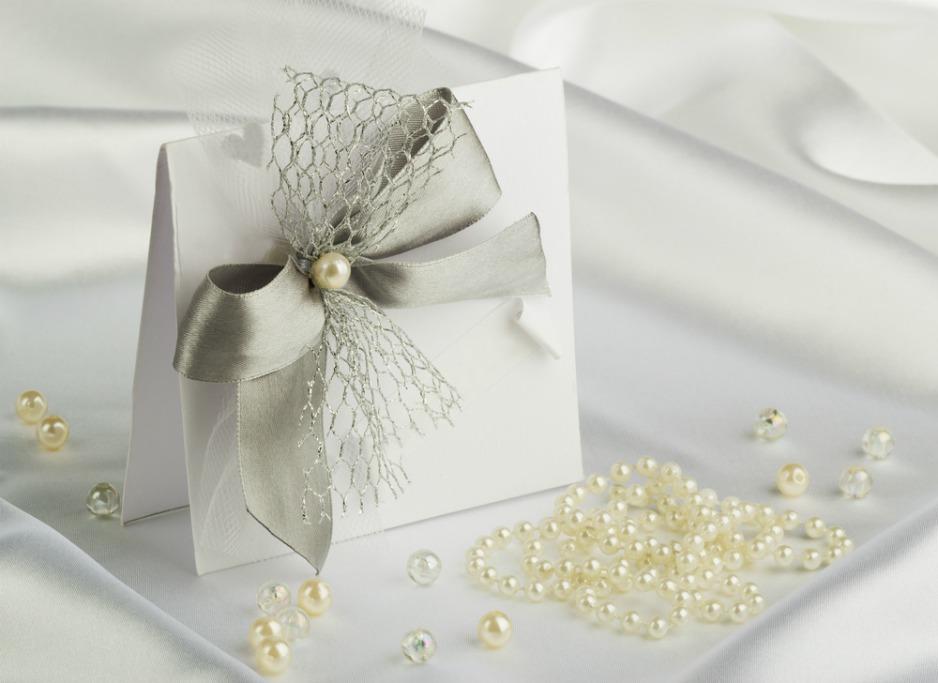
7. Send Away!
Finally, your bespoke invitations are ready to send! In general, it’s best to send them roughly 2 to 3 months before your wedding, but this is dependent on your chosen date. For example, with a summer wedding, it’s best to send save the date cards at least 8 months beforehand so people can plan their holidays around you. Last but not least, don’t forget to have a wonderful day with all of your friends and family!

How did you create your wedding invitations? Let us know in the comments!



